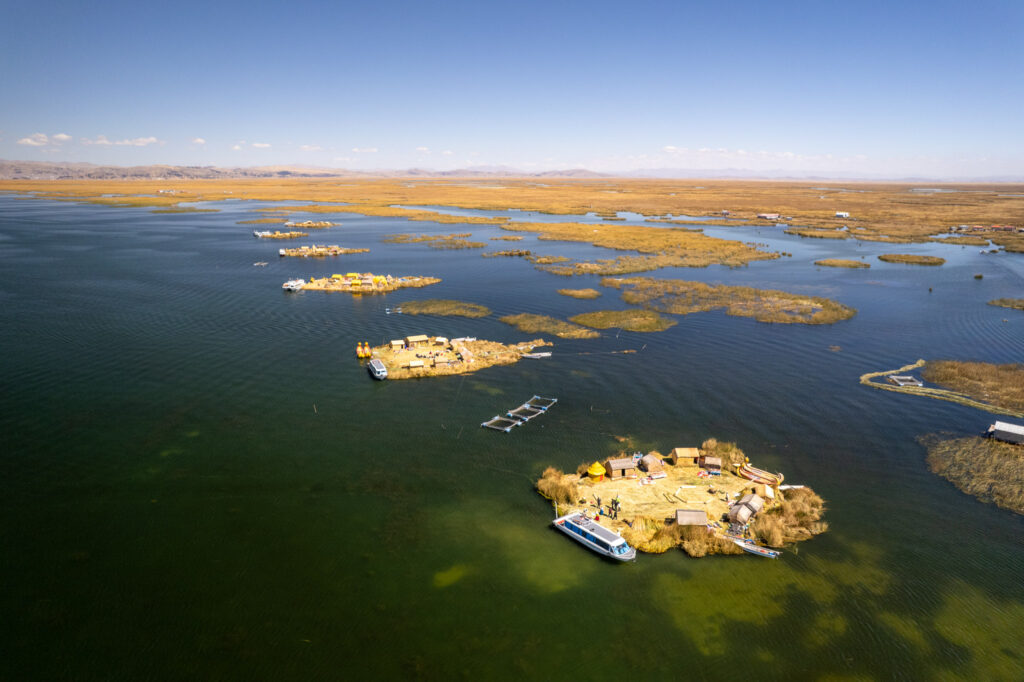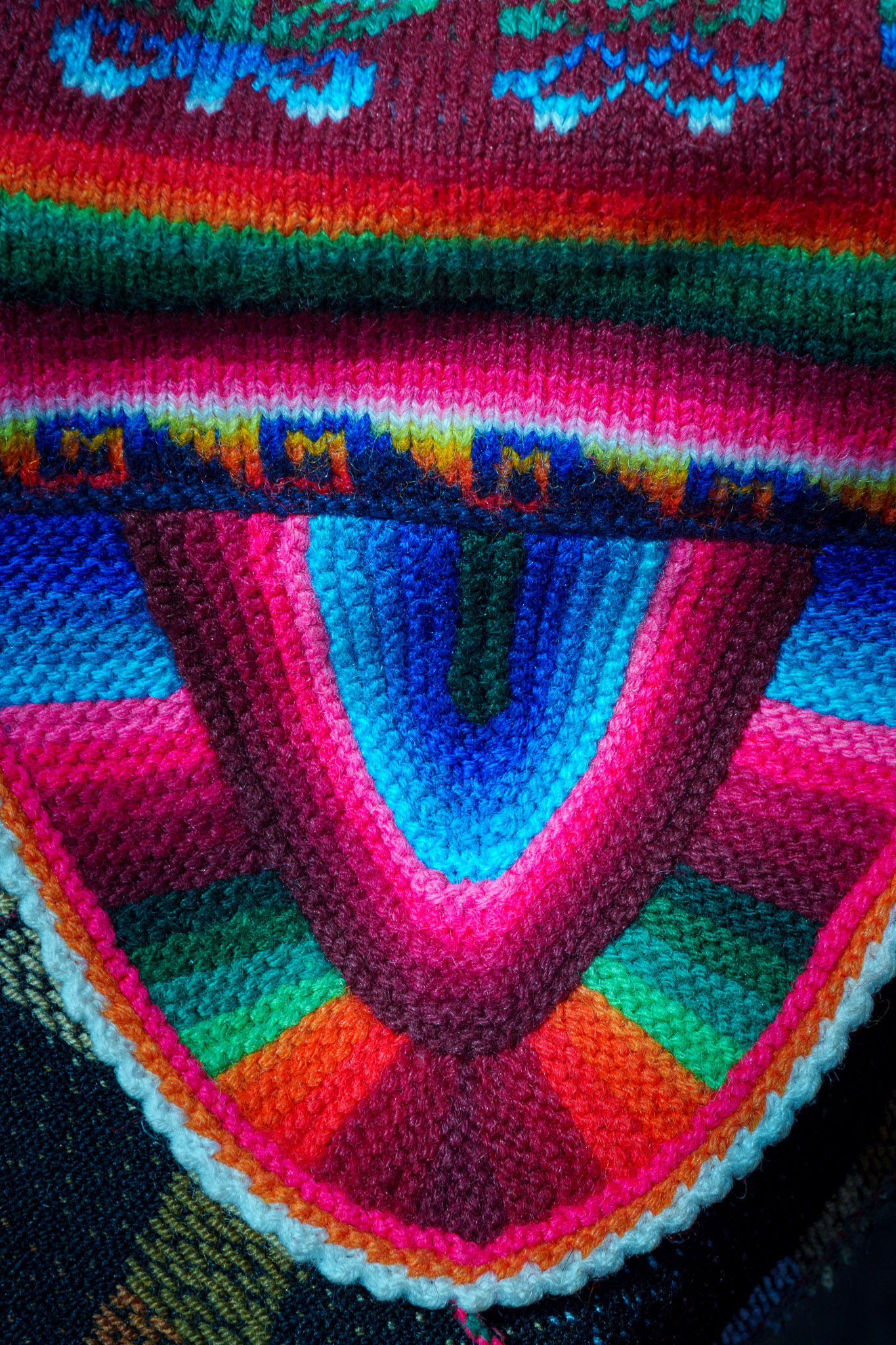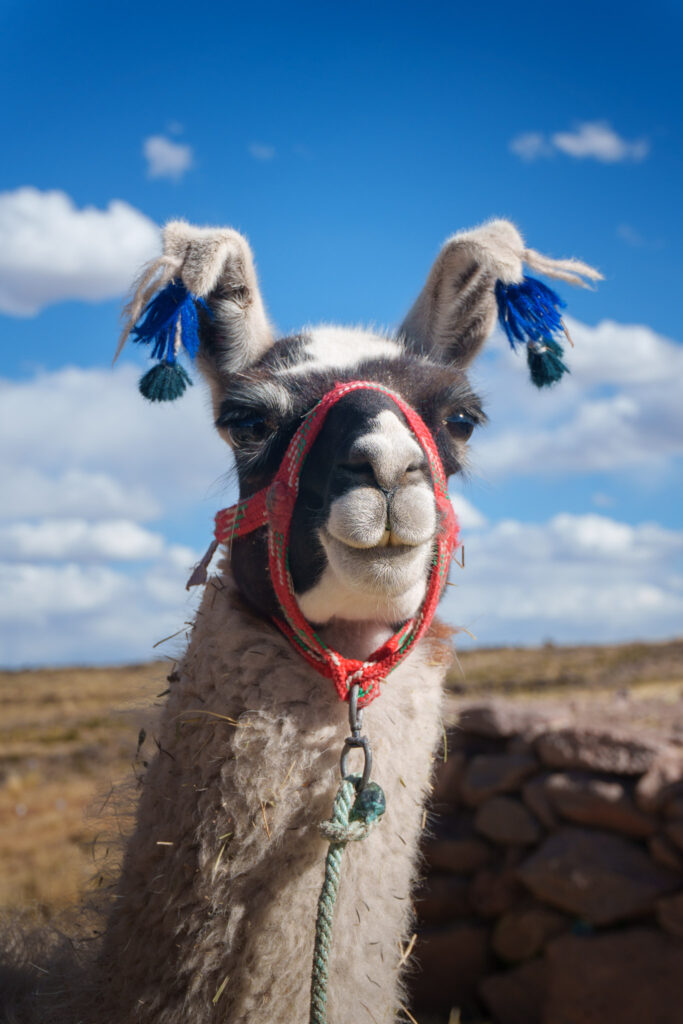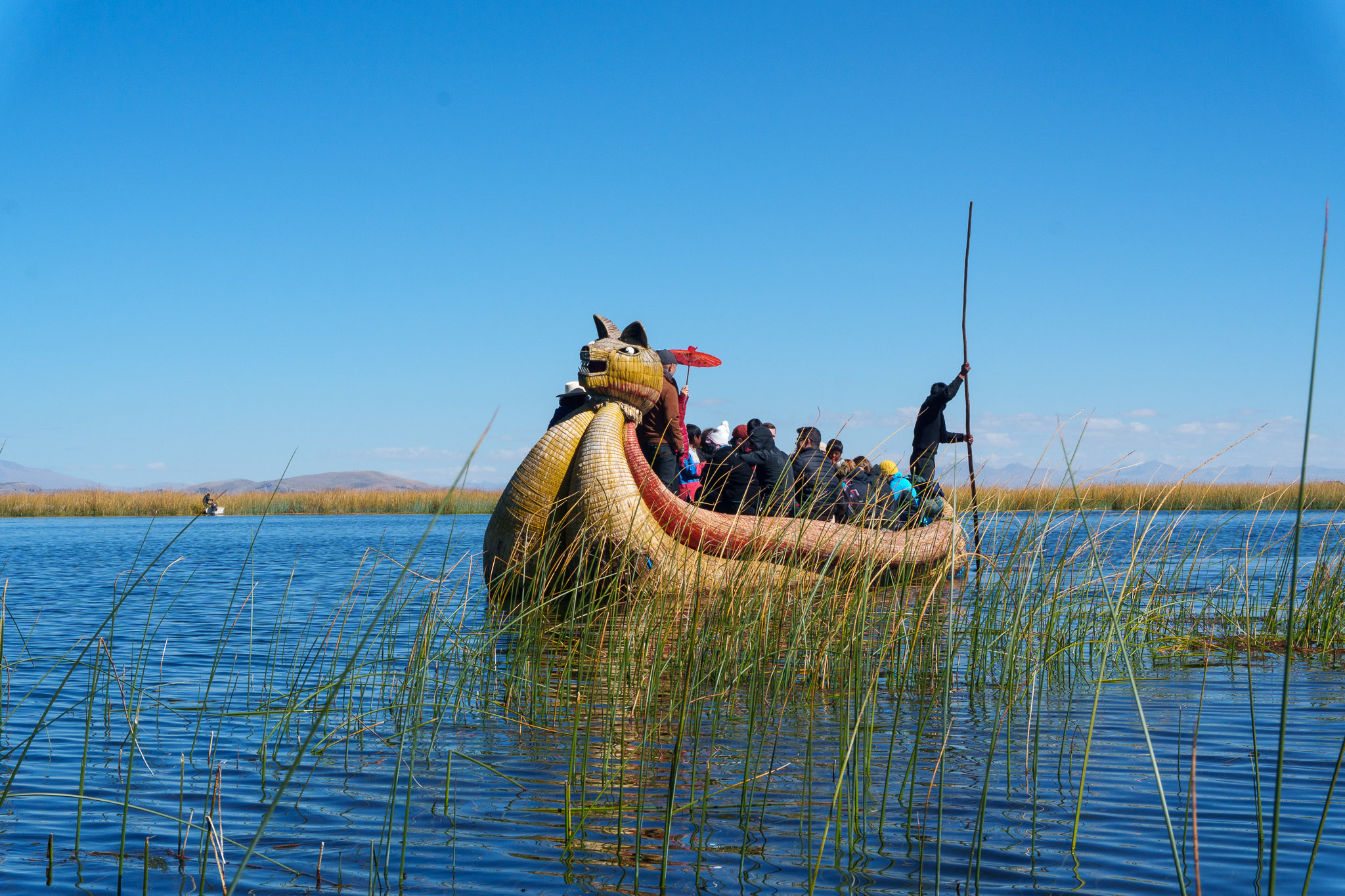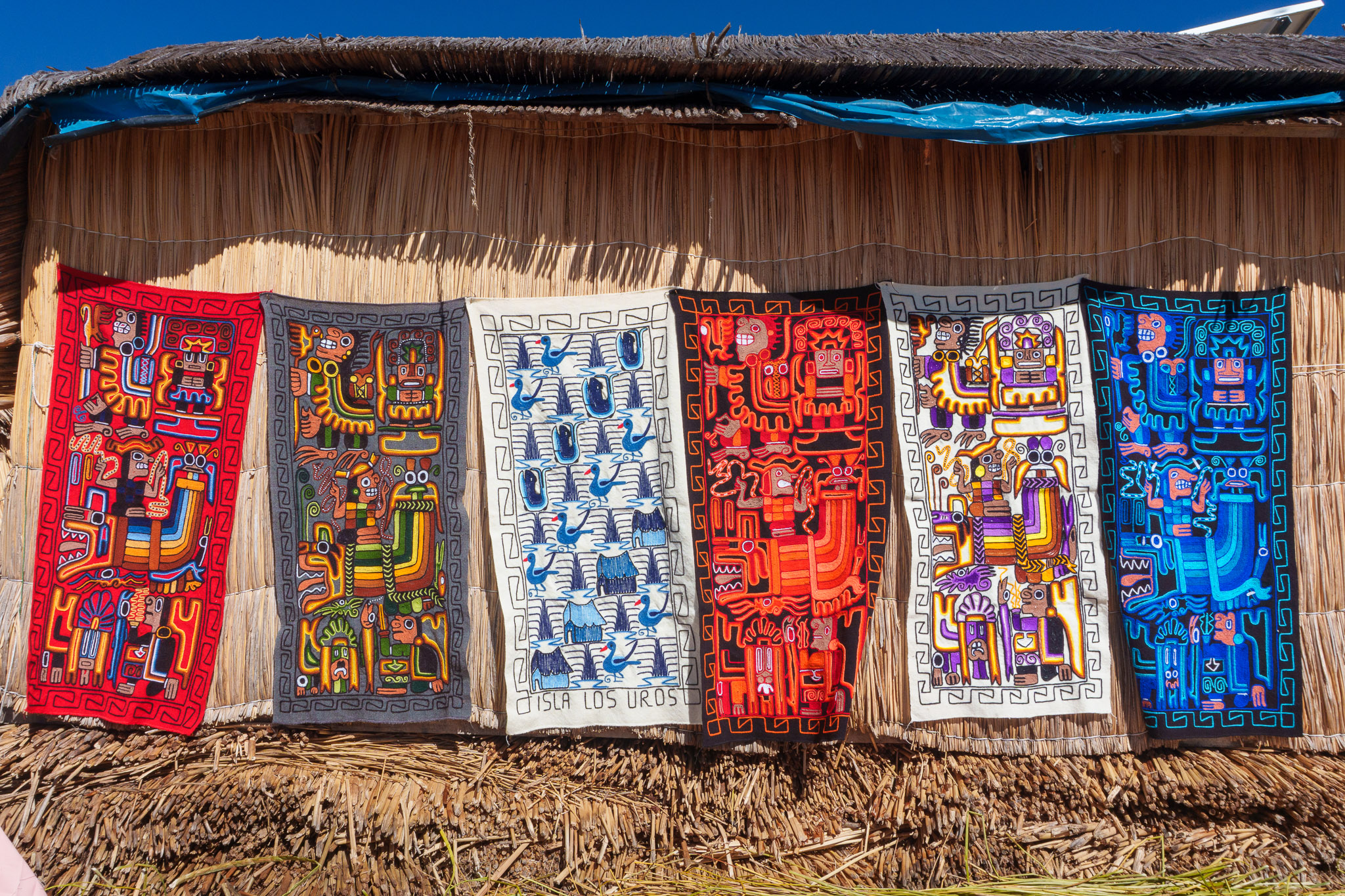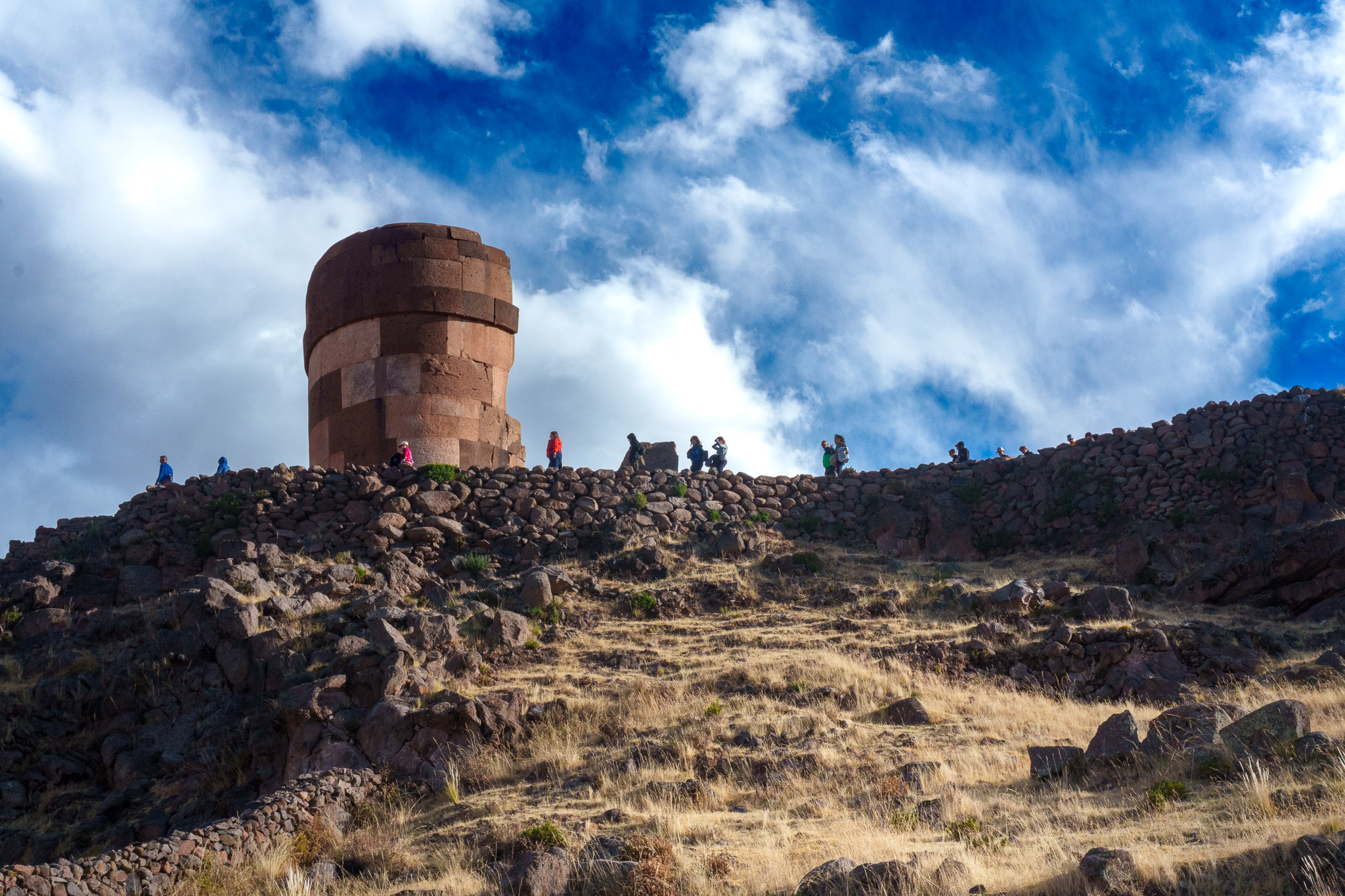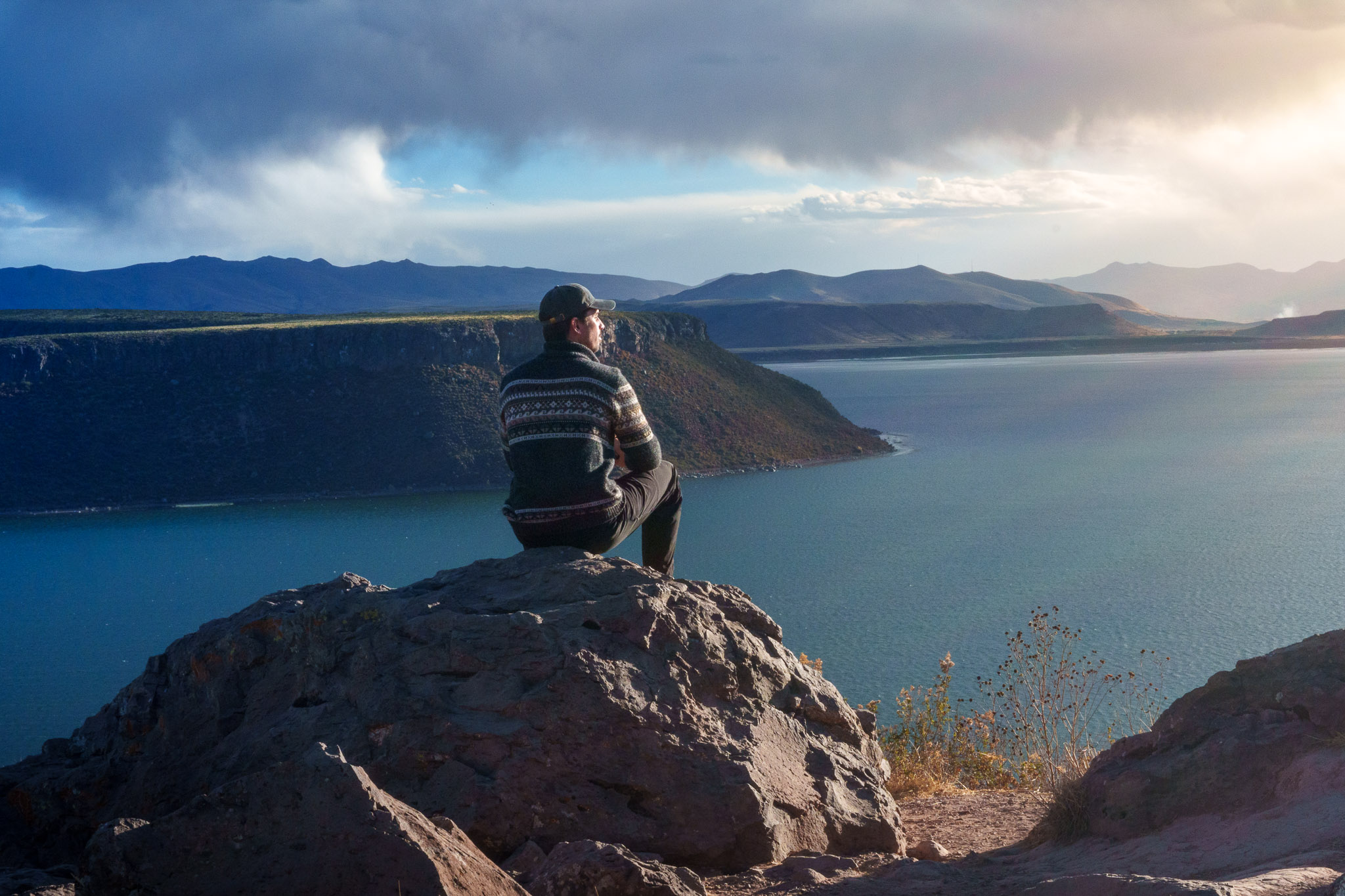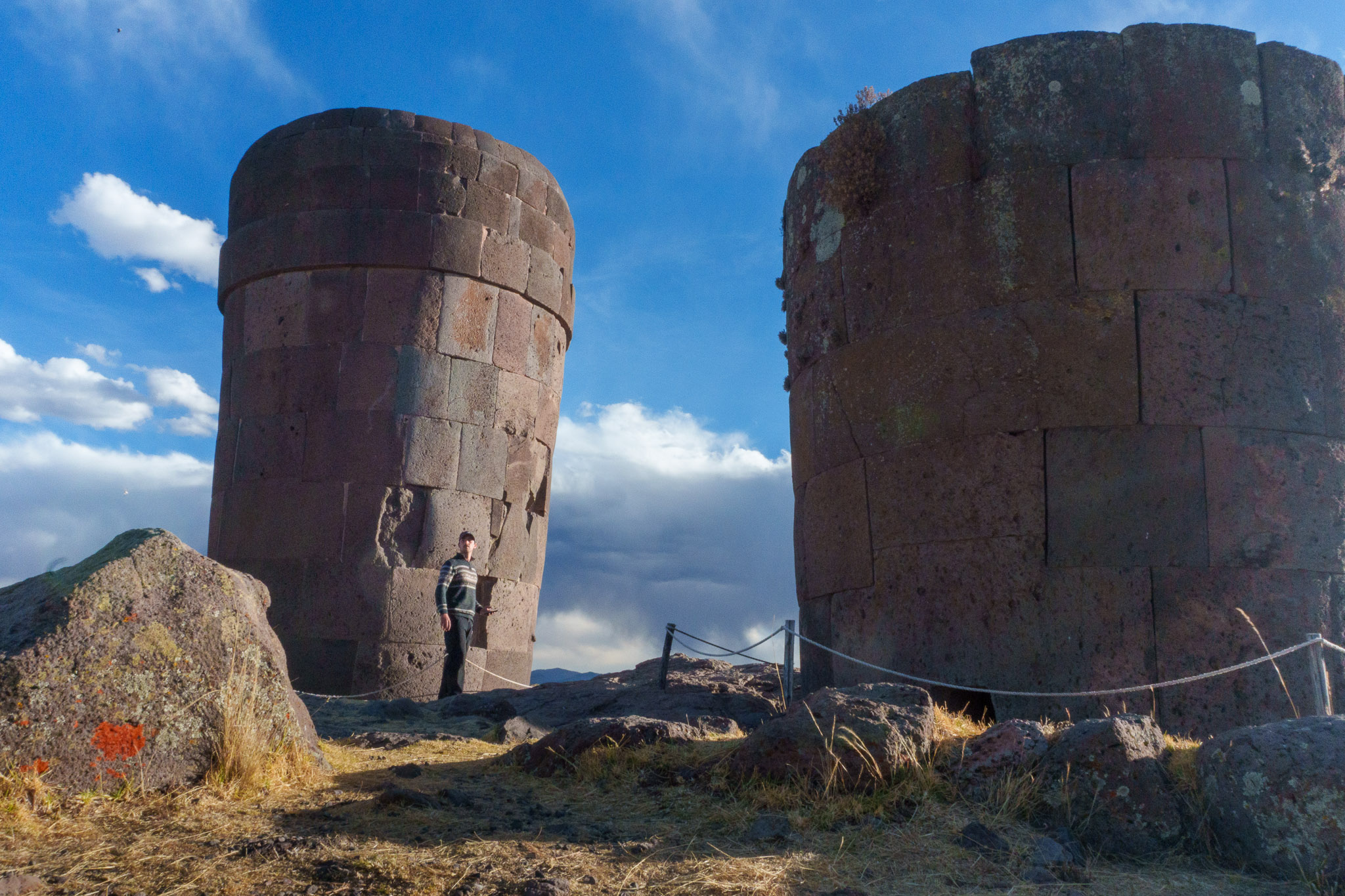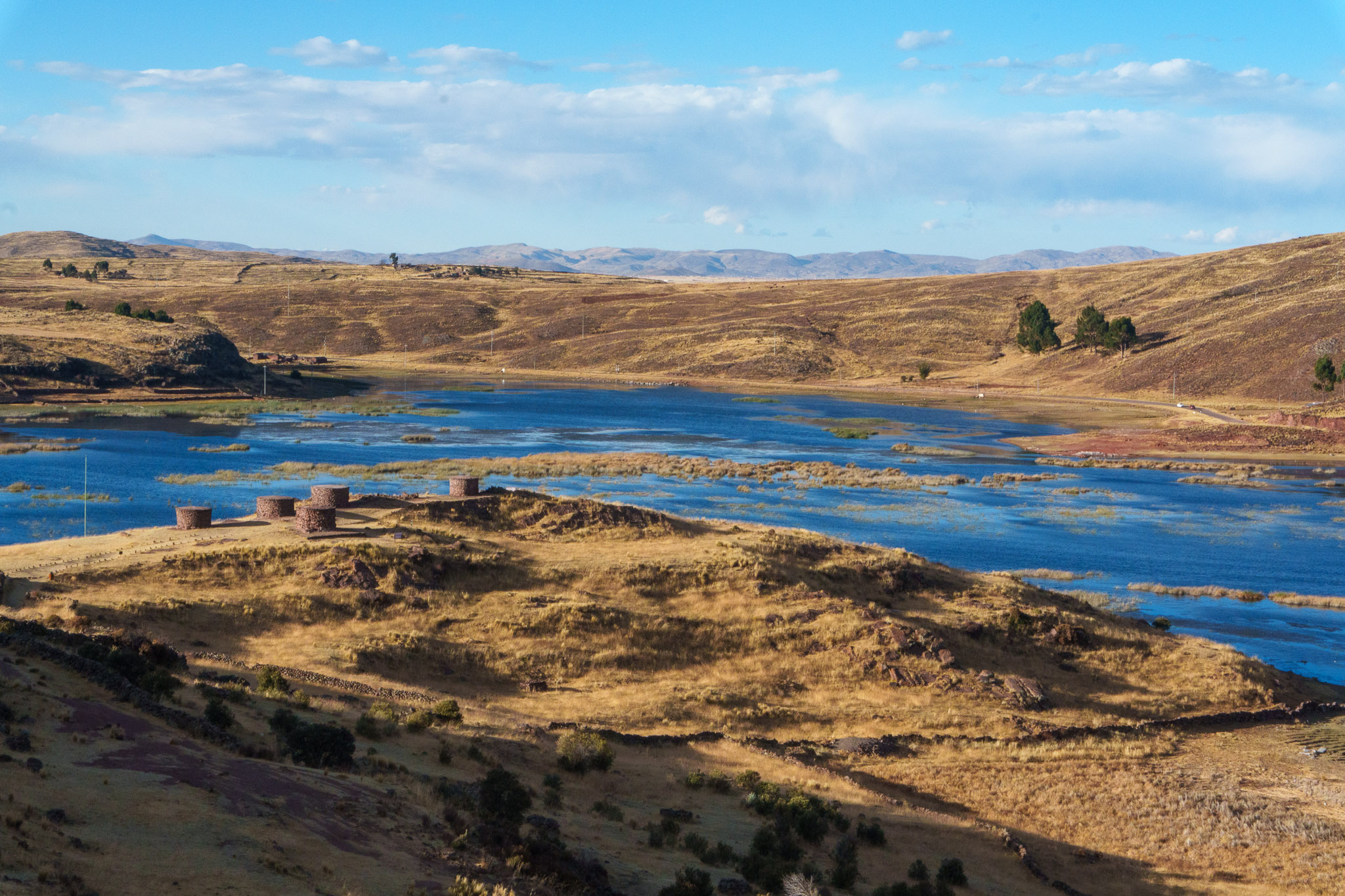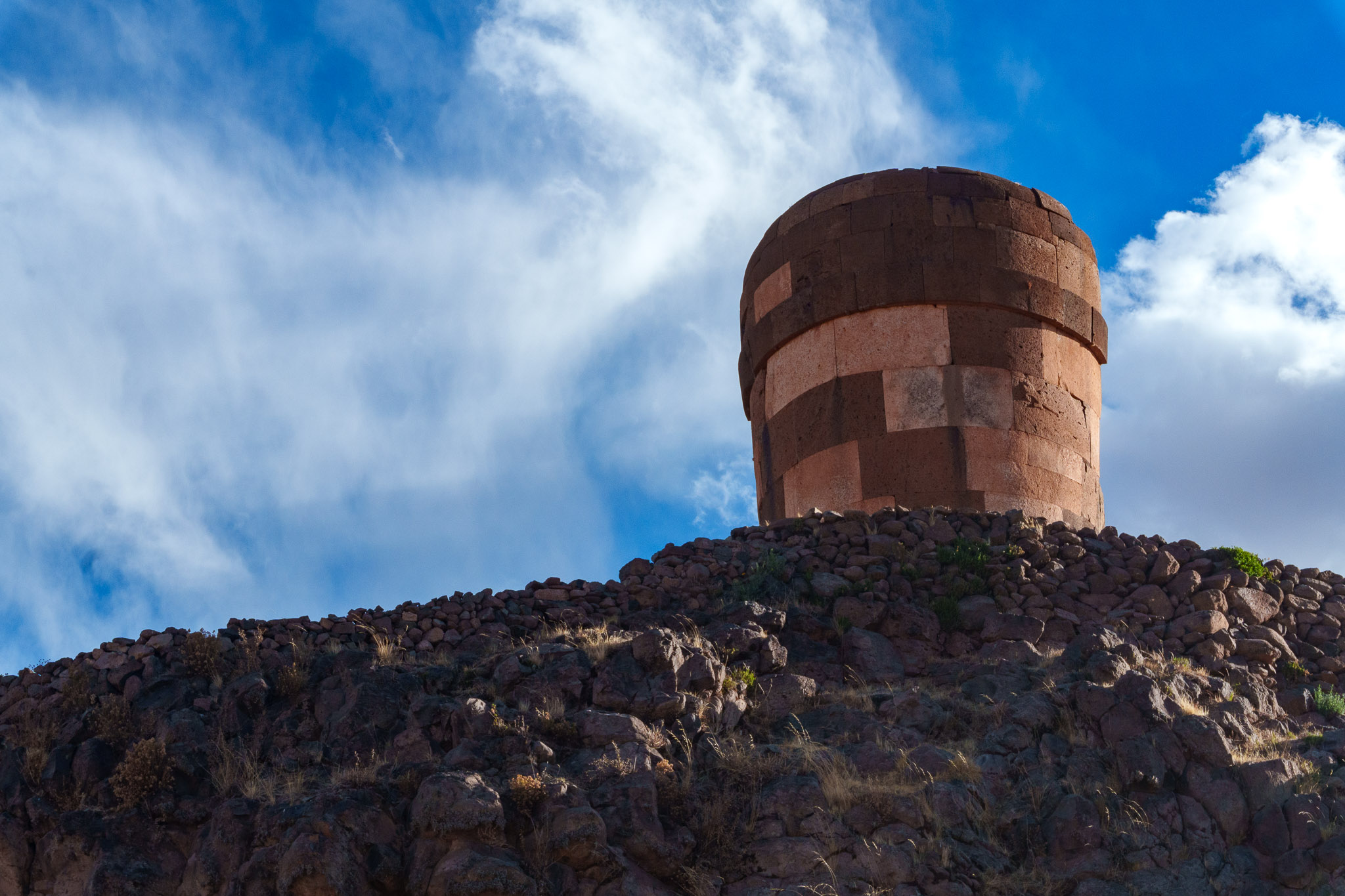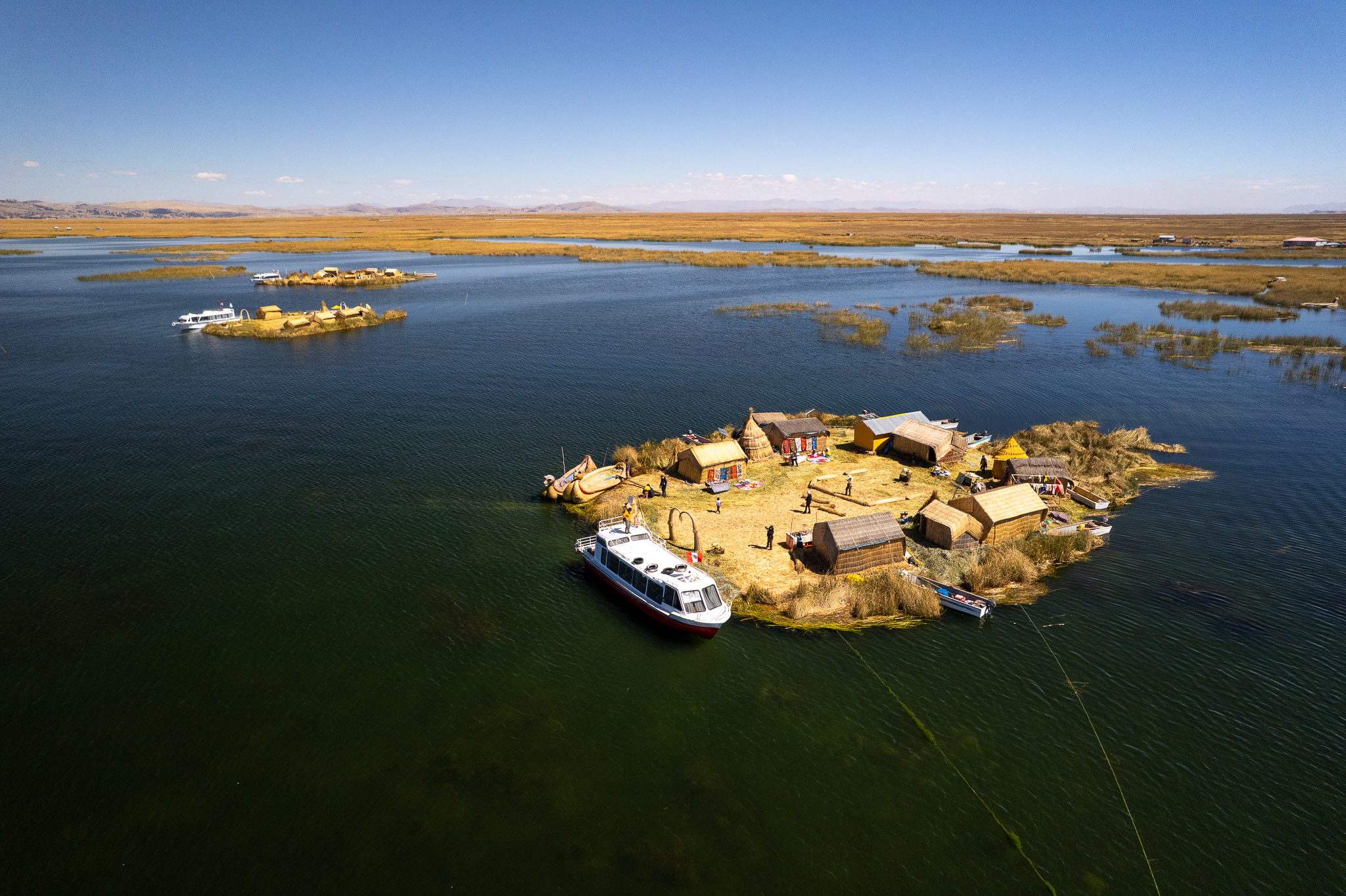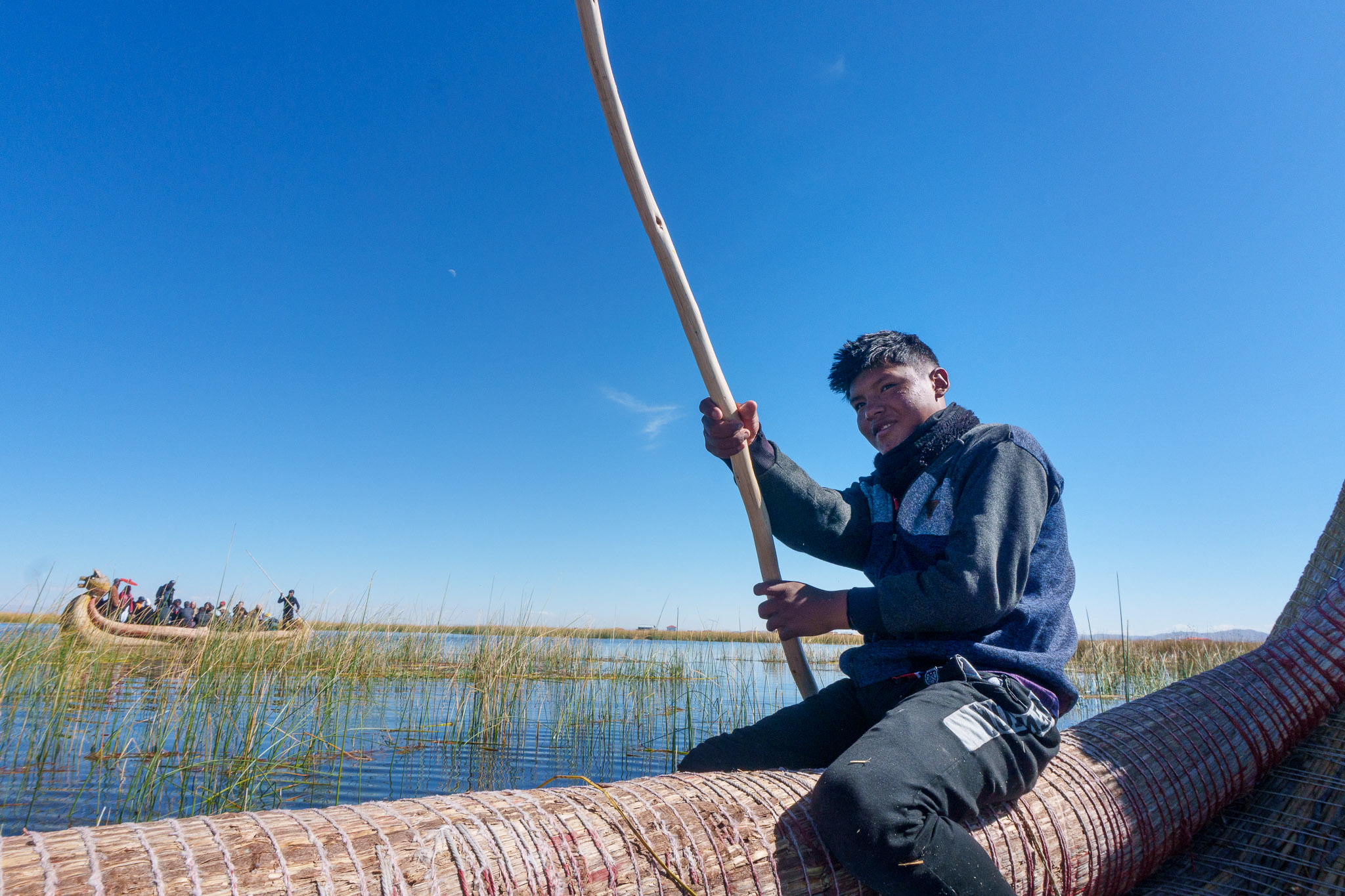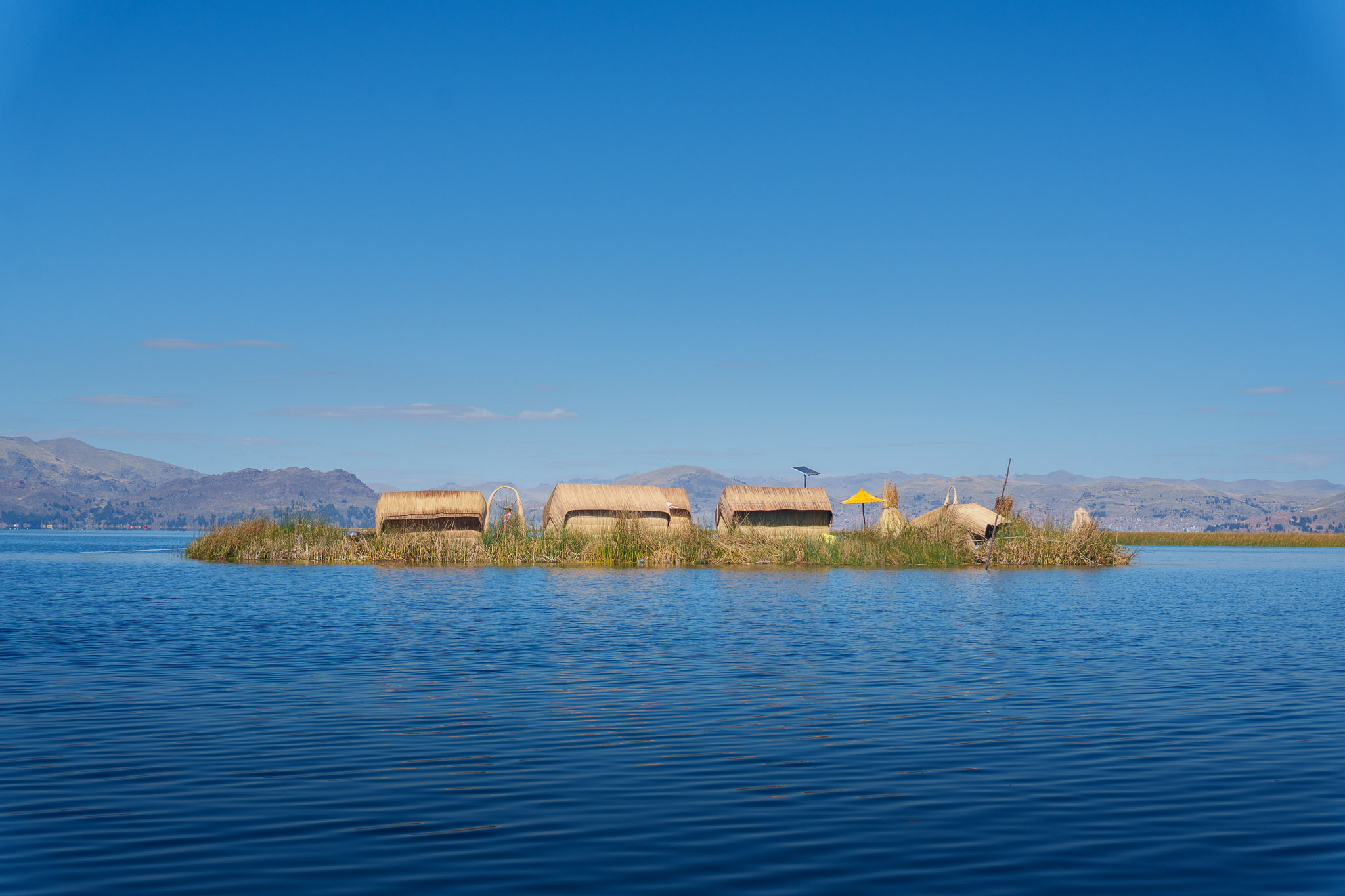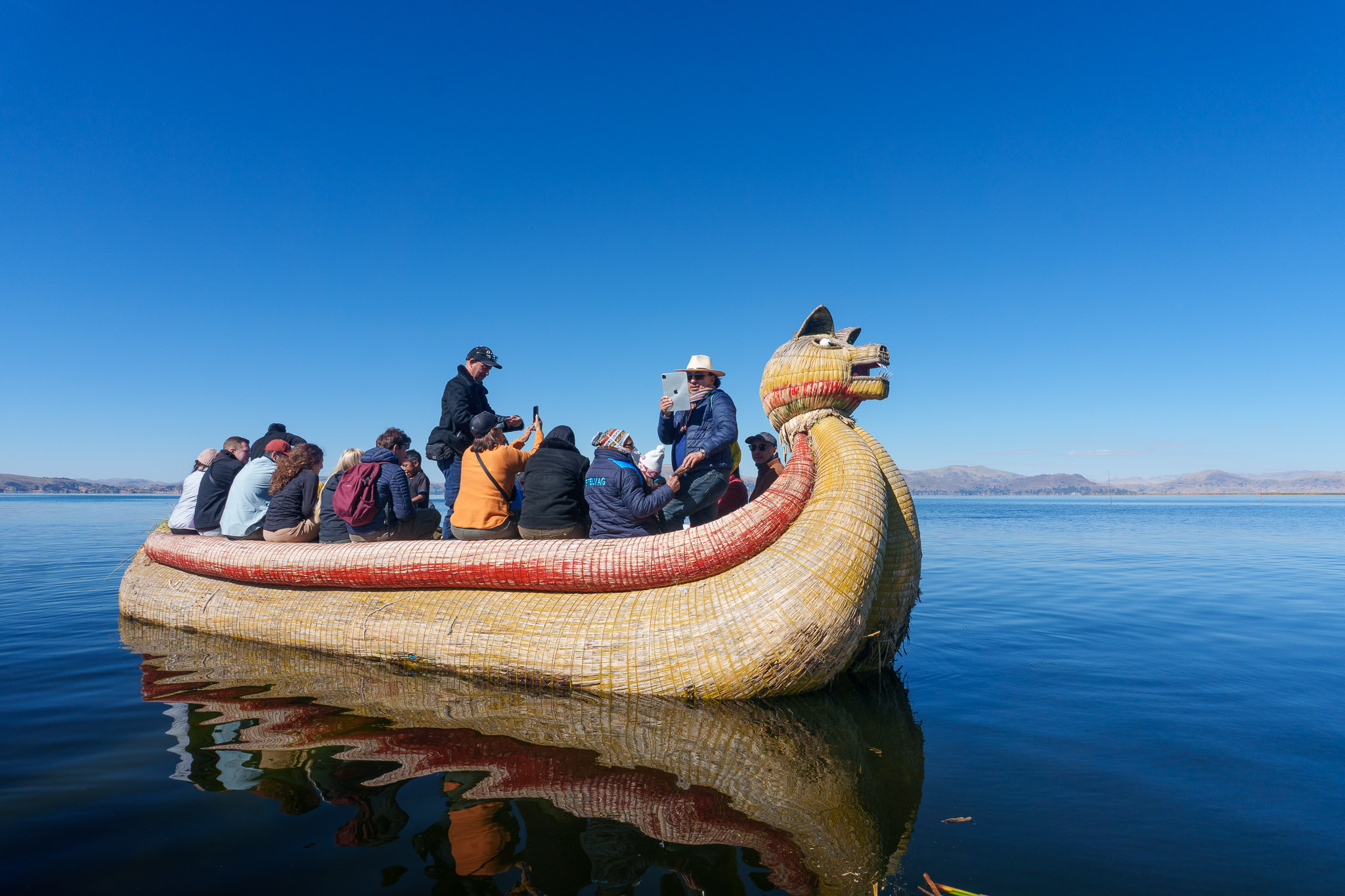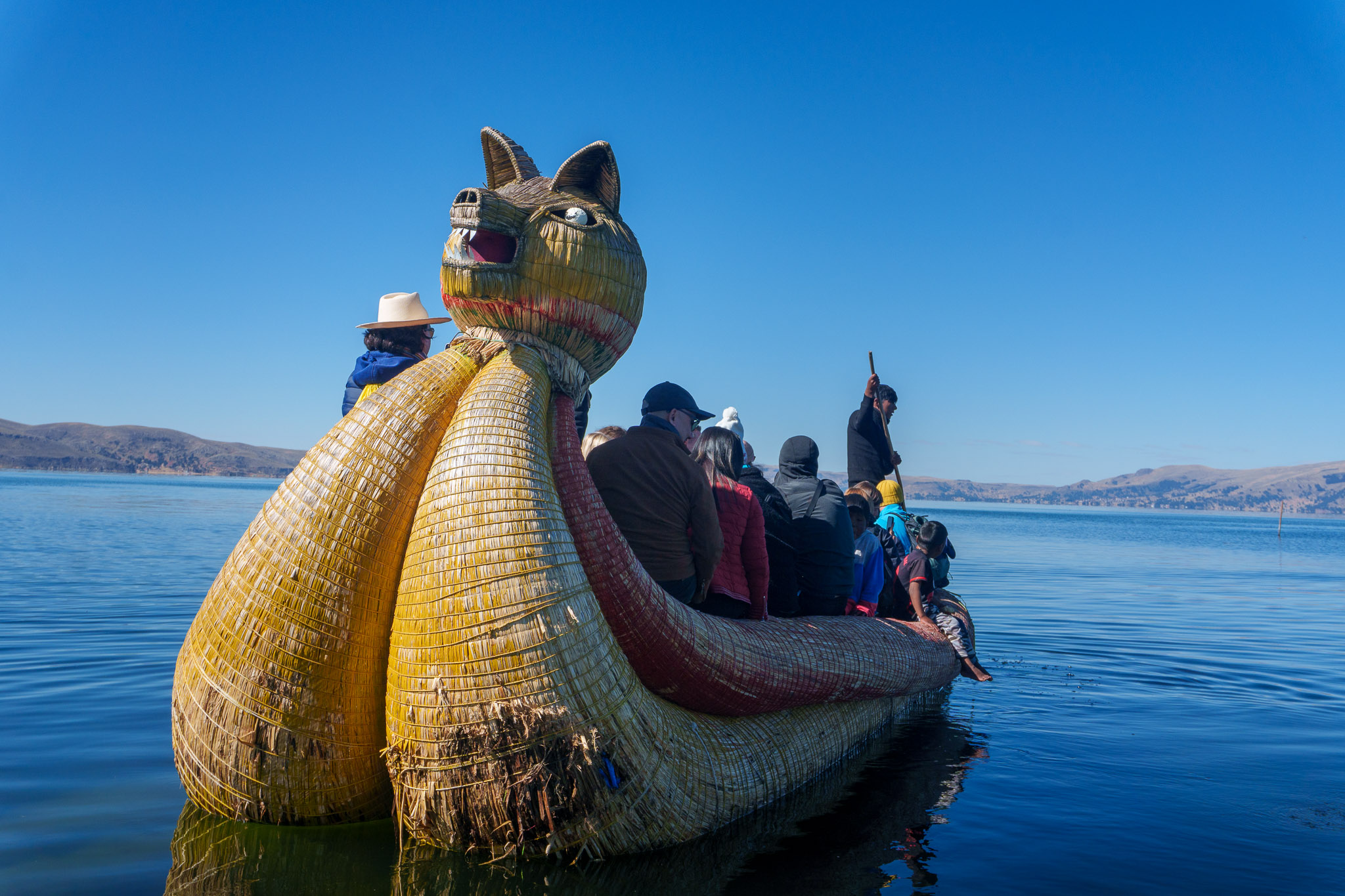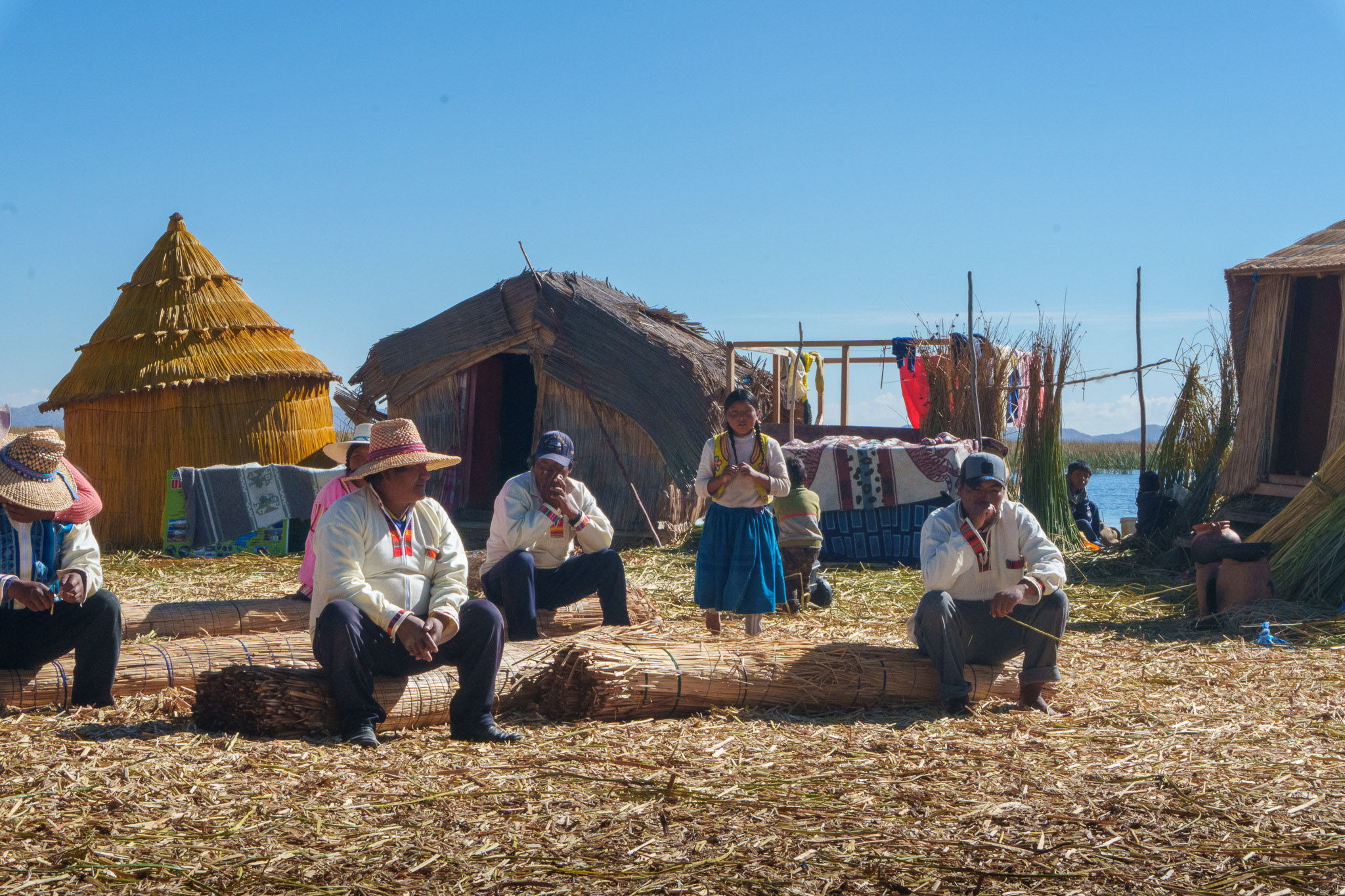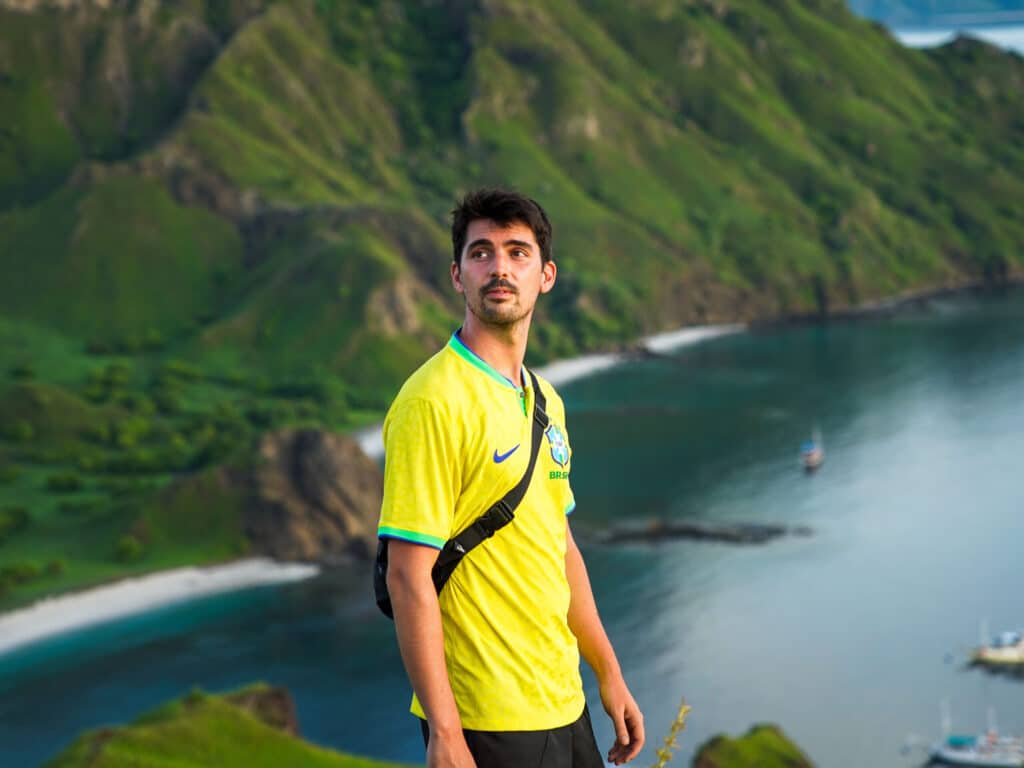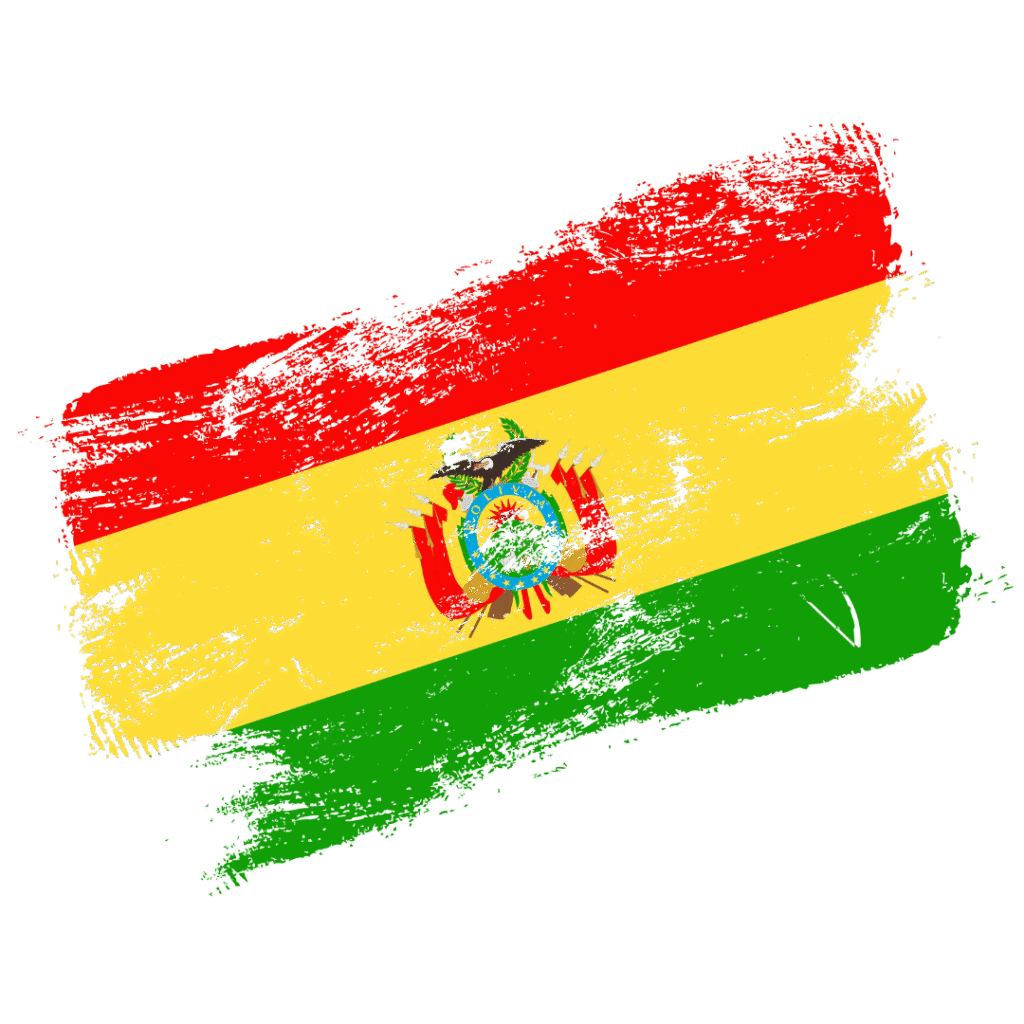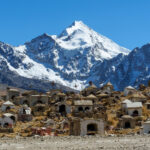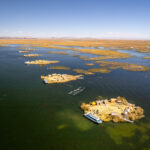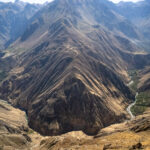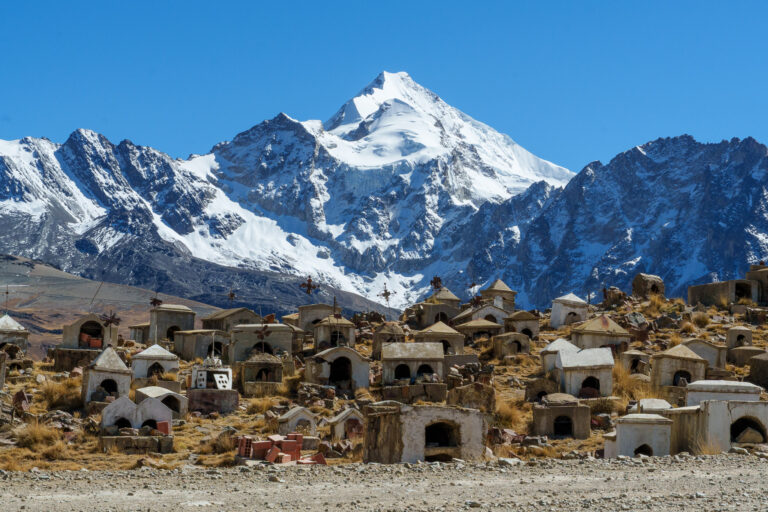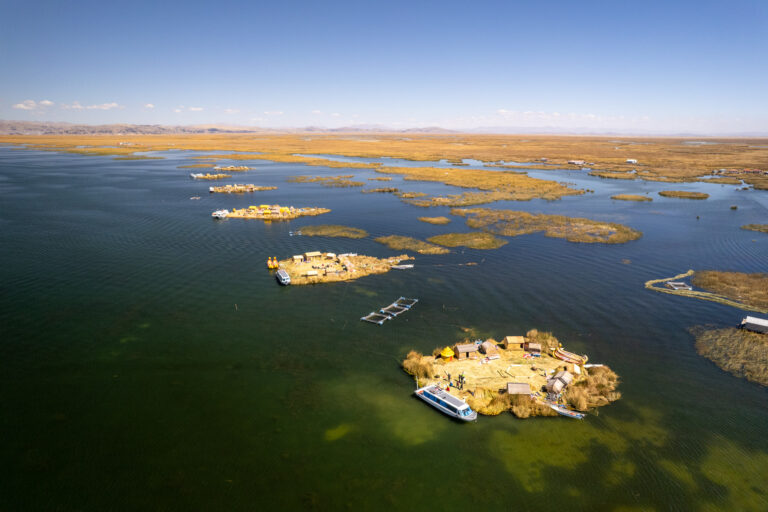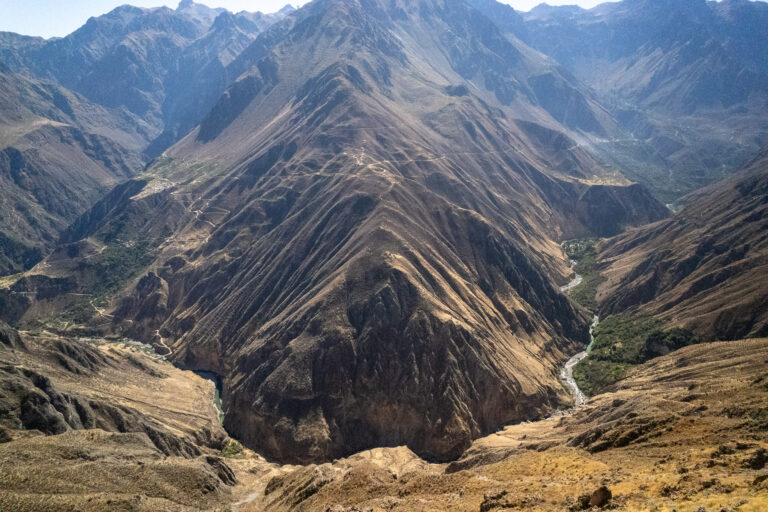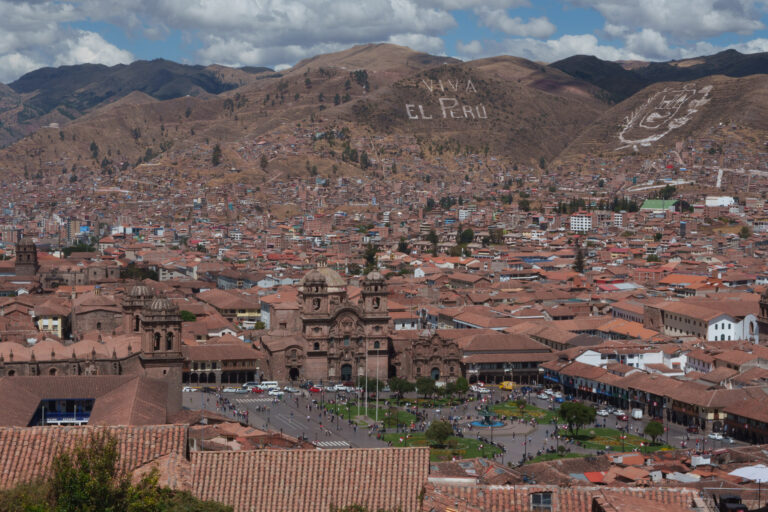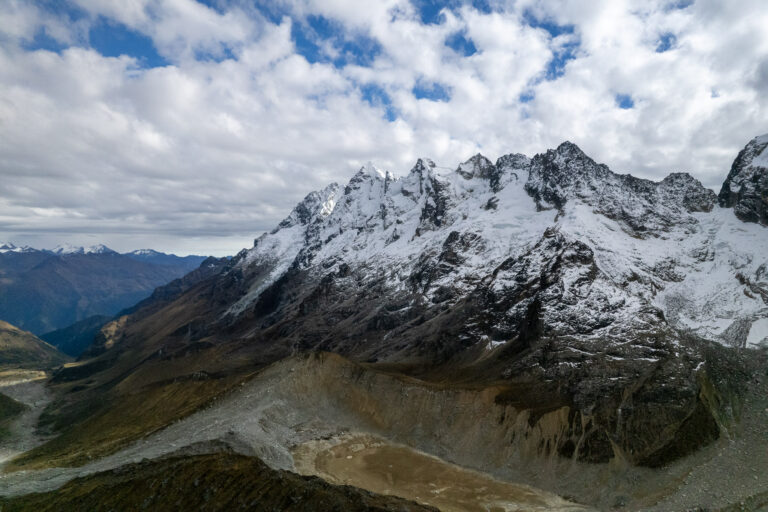Table of Contents
The Essentials
- Puno is the city to stay if you want to visit Lake Titicaca.
- Puno is at high altitude, so bring warm clothes and book a hotel with heating.
- The main attraction is Lake Titicaca; the second is the Sillustani Tombs.
- Lake Titicaca: Visit Uros & Taquile (Fast Boat & Lunch)
- From Puno: Sillustani Graveyard & Puno Viewpoint Tour
Discovering Puno and its Region
Puno might not have the colonial charm of Cusco or the elegance of Arequipa, but its authenticity and cultural depth make it unique. With a population that embraces both Quechua and Aymara roots, the city has a strong indigenous identity. Traveling here means being immersed in folkloric traditions, music, and festivals that give life to the region.
Culture, History & Local Traditions
When you travel abroad, your phone current plan often doesn’t include internet. Buying a local SIM card can be expensive and takes time at the store. With Yesim, you can purchase an eSIM in advance (just make sure your phone supports it) and get connected instantly upon arrival. That way, you can book your Uber straight from the airport instead of paying for an overpriced taxi.
When you travel abroad, your phone current plan often doesn’t include internet. Buying a local SIM card can be expensive and takes time at the store. With Yesim, you can purchase an eSIM in advance (just make sure your phone supports it) and get connected instantly upon arrival. That way, you can book your Uber straight from the airport instead of paying for an overpriced taxi.
Transportation from Arequipa to Puno
Most travelers arrive in Puno after visiting Arequipa, and the journey between the two cities is both popular and easy. Regular buses depart hourly from Arequipa’s main terminal and head towards the Bolivian border, making Puno a natural stop along the way. Prices range between 30 and 40 soles, making it an affordable choice. Expect about six hours on the road, and remember that sudden altitude changes can affect breathing, so keep hydrated and take it slow when you arrive.
Where to Stay: Hotels & Hostels in Puno
Food & Restaurants in Puno
Here are some restaurants I enjoyed in Puno:
- Remix Pizzería Resto Café Bar – A cozy place for pizza and drinks with friends.
- La Casona Restaurant – A good mix of Peruvian specialties and grilled trout.
- Rupha Café – Perfect for coffee breaks and warming up with cakes or sandwiches.
If you plan to visit that country, especially during high season, don’t wait too long—prices can rise quickly. Trip.com is the perfect place to compare flights, hotels, car rentals, and even book activities. Everything you need, all in one place!
Travel Tips for Puno & Lake Titicaca
Visiting Lake Titicaca and Archaeological Sites Nearby
The Floating Islands of Lake Titicaca
The first stop was the Uros islands, which were truly extraordinary. Made completely of the local totora reeds, the ground feels soft and bouncy like a waterbed when you walk on it. It is fascinating and impressive to see how entire families live in such conditions. An island can sustain up to 20 people or more, and though they last for decades, the surface must be constantly renewed.
The tour continued with a visit to Taquile Island, a permanent island with sweeping landscapes and winding stone paths that circle the whole territory. It is home to six different communities with slightly distinct customs, but they all share cultural traditions. The highlight here is their remarkable textile art, where every piece of clothing represents identity.
Sillustani Graveyard Archaeological Tour
Another memorable tour worth doing from Puno is the visit to Sillustani Graveyard. This site offers a very different experience compared to the lake islands, with a slightly more touristy atmosphere due to the larger groups and buses. Though our guide wasn’t able to create a strong group connection, the historical and visual impact of the site made the trip very worthwhile.
When you travel abroad for holidays, you’re always exposed to risks like food poisoning, injuries, or even lost luggage. By booking insurance with EKTA, you’ll have peace of mind knowing you’re covered, so you can focus on enjoying your trip stress-free.
Sillustani is truly impressive. It was my first encounter with these towering cylindrical tombs made of large stones, known as chullpas. The architecture is remarkable, designed to hold the remains of nobles and chiefs from pre-Inca cultures. The surrounding landscape adds to the atmosphere—a lake reflecting the sky and uniquely shaped rock formations create an otherworldly backdrop.
This site offers a peaceful place to reflect on Peru’s rich past while enjoying unforgettable views. For any traveler interested in archaeology and natural beauty, Sillustani is a must-see destination just a short trip from Puno.
Final Thoughts: Is Puno & Lake Titicaca for You?
FAQ
Where is Lake Titicaca located?
What is the best time to visit Puno and Lake Titicaca?
Is altitude sickness a concern in Puno?
How long should I stay in Puno?
Can I visit the Uros floating islands year-round?
What kind of clothing should I pack for Puno?
Are the boat tours to Lake Titicaca safe and comfortable?
Can I arrange private or custom tours on Lake Titicaca?
Is it possible to stay overnight on the islands?
What languages are spoken in Puno and around Lake Titicaca?
What are chullpas at Sillustani?
How far is Sillustani from Puno?
Is it cold at Lake Titicaca?
Can I use credit cards on the islands?
Are entry tickets included in Lake Titicaca tours?
Is swimming allowed in Lake Titicaca?
What foods should I try in Puno?
Is Puno safe for travelers?
How do I get from Juliaca airport to Puno?
Can I visit Lake Titicaca on a day trip from Cusco?
More Photos of Lake Titicaca & Sillustani
If you're interested in owning one of the photos (printing them, setting them as your phone wallpaper, or using them for commercial purposes), you can easily get them on Pixieset. If you don't find the photo you like, send me a quick message on Instagram (@HorizonHugo), and I’ll add it!

